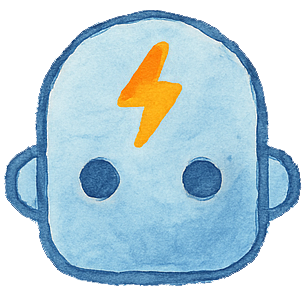unplugged coding
-
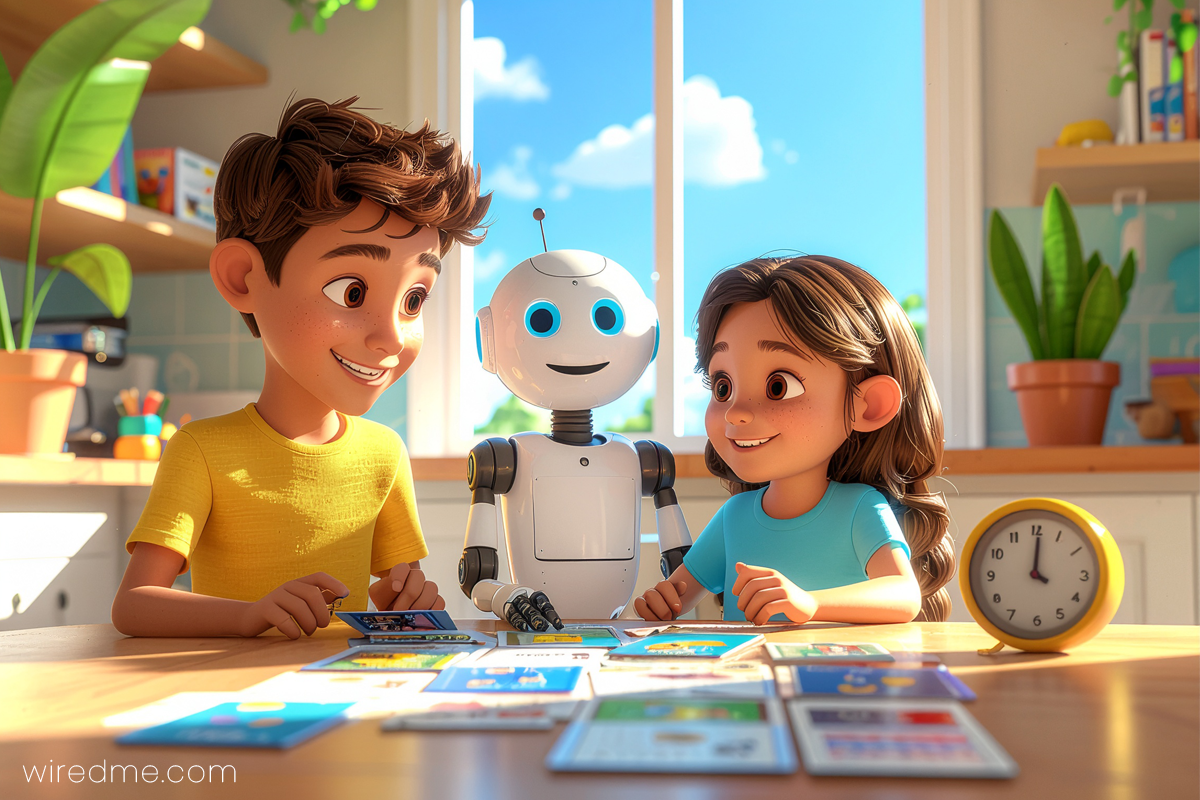
Memory Building Games for Kids: Fun Ways to Boost Focus
The Secret Power of Memory Building Games What if just ten minutes of memory building games could make your child more focused, organized, and confident in school? It sounds simple, yet the science behind it is surprisingly powerful. In fact, short bursts of daily play can lead to big improvements in attention and recall over…
-

Your Fall Stem Coding Activities Walk Plan with Free Printable
As a web developer who homeschools, I build lessons like I build features. First, I write clear rules. Next, I test them in the real world. Finally, I ship small wins. This simple walk turns your afternoon into fall stem coding activities that teach sequencing, conditionals, loops, and basic data thinking without screens. Set your…
-

Conditionals for Kids: 3 If-Then Games for Better Logic
Conditionals for kids are simply rules that guide action. A conditional tells what to do when a statement is true. Kids already use this thinking every day. If it is raining, grab a coat. If snack is done, then clean up. Because the idea is familiar, we can build it into playful, screen-free practice at…
-
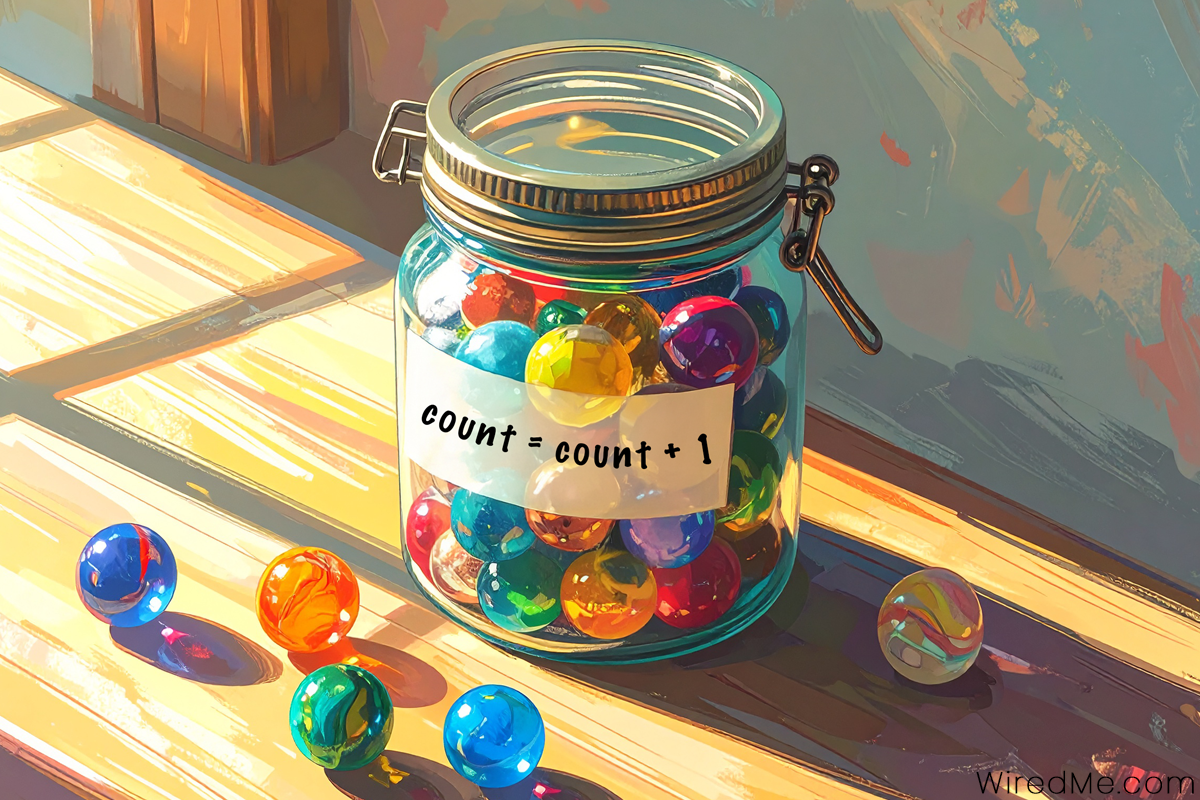
Variables for Kids: Labeled Boxes That Change Value
Variables for kids make more sense when we treat them like labeled boxes. Each box has a name and holds a value. You can look inside, change it, and then use it to make decisions. At home we model this with a jar of marbles or a simple game score. As kids practice naming a…
-

Boolean Logic for Kids: Simple Steps That Kids Love
Computers make decisions with true and false. Boolean logic for kids turns that big idea into small, playful steps we can try at the kitchen table. First we test what is true or false. Then we combine truths with AND, OR, and NOT. Because the rules are clear, kids build confidence fast. What Is Boolean…
-

Find What Repeats: Simple Pattern Games for Kids
When we notice a rule, we can plan the next step and avoid surprises. That same skill belongs in early learning. Pattern games for kids is simple, active, and fun. With a few coins, blocks, and quick games, you can build real problem solving at the kitchen table. Pattern games for kids: the three steps…
-
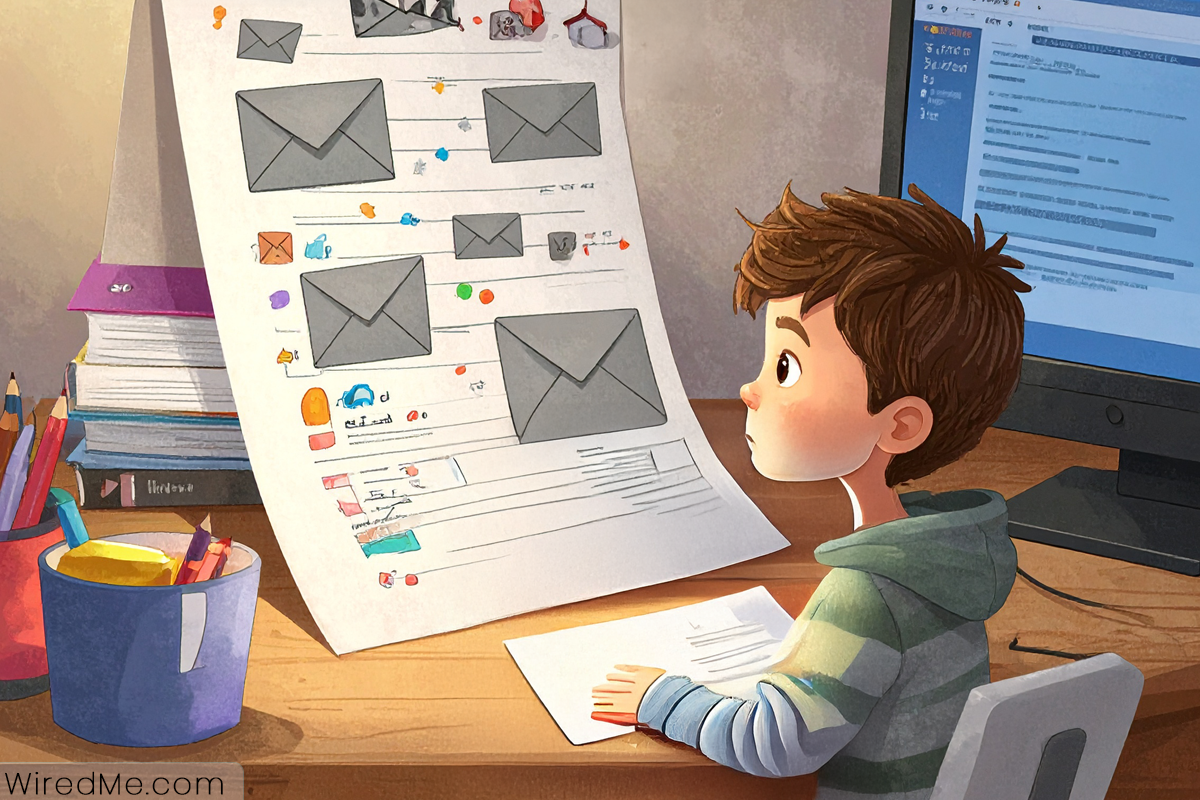
Spot the Phish: Why Kids Need This Simple Free Secure Checklist
As a web developer and parent, I see the same inbox tricks our kids will face. That is why I teach kids phishing worksheet with paper, pencils, and short chats. The goal is not fear. Instead, the goal is a pause habit and a simple way to check messages together. Kids Phishing Worksheet starts with…
-
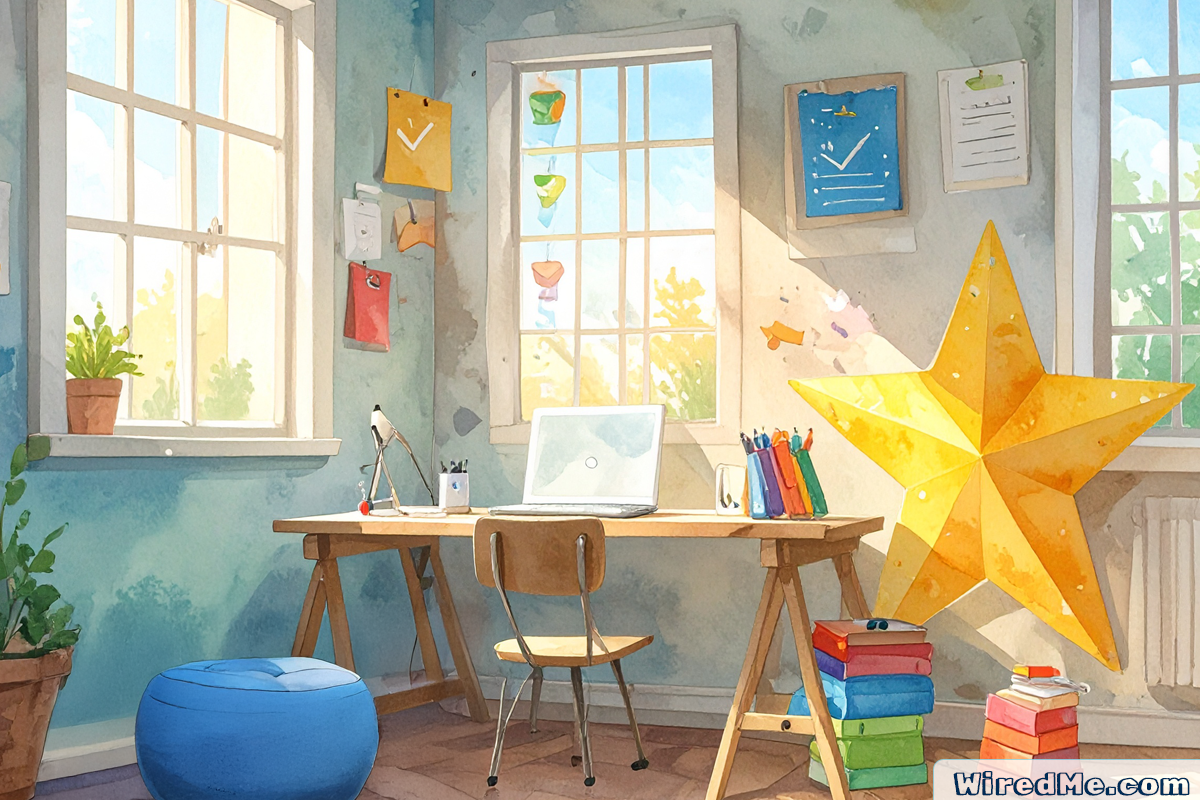
Safe Usernames for Kids: How to Keep Privacy Fun and Simple
I’m a web developer and parent. When we talk about safety at home, I teach my kids to slow down and protect their information. Creating safe usernames for kids is one of those small steps that makes a big difference. No real names. No birthdays. No school or city. This post gives you a simple…
-
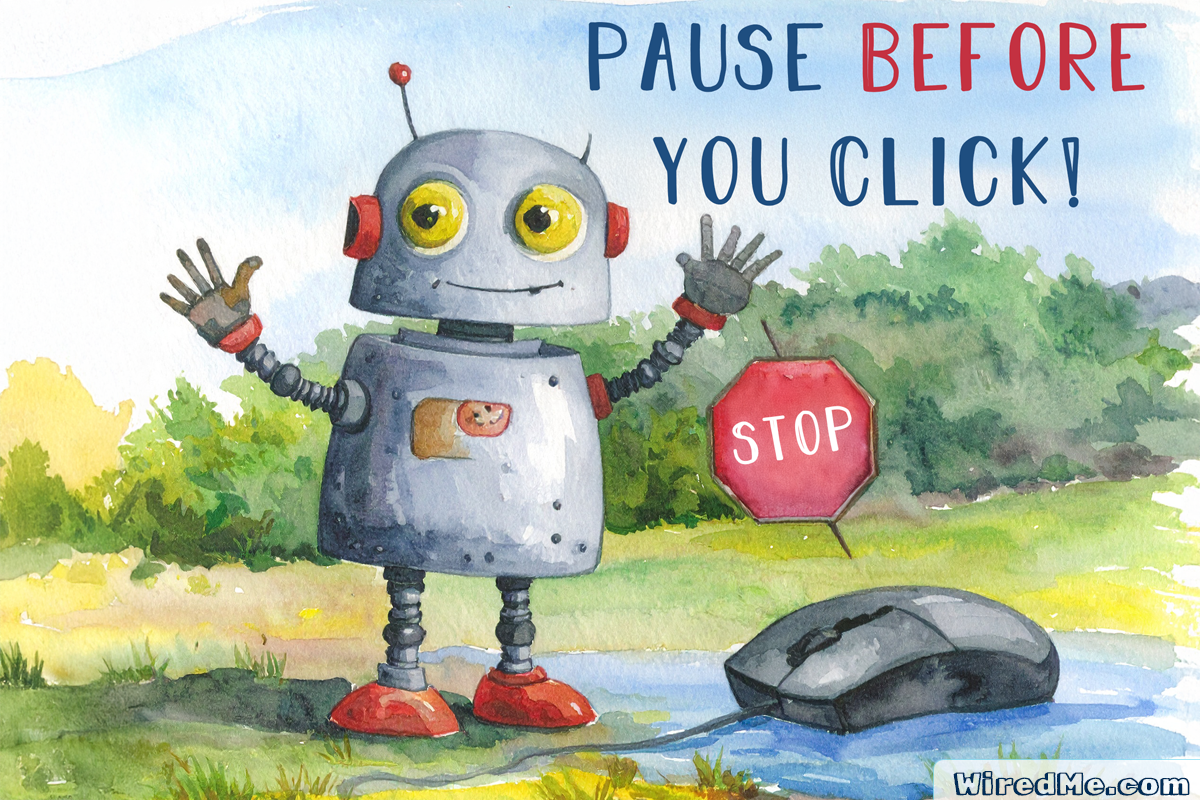
How to Teach Kids Online Safety with One Simple Rule
When you set out to teach kids online safety, it can feel overwhelming. There are so many rules and warnings to cover. The good news is you do not need to teach everything at once. Starting with one simple habit, pause before you click, gives kids a tool they can remember and use every day.…
-

Want to Teach Cyber Security for Young Kids? Start Here
When people hear “cyber security,” they often picture teens on social media, hackers in hoodies, or password breaches at big companies. But the truth is, cyber security for young kids starts much earlier. Even in the early elementary years, children can begin learning how to protect their information, build trust with adults, and think before…
-

How to Turn Storybooks Into Powerful Coding Activities for Kids
Storybook coding activities are one of the best ways to introduce kids to programming. With no screens, no apps, and no coding experience required, you can turn any favorite picture book into a logic-based learning experience. This strategy works in both homeschool and classroom settings. As a developer and parent, I’ve seen how storytelling naturally…
-

How to Build an Unplugged Logic Puzzle for Kids
Looking for a hands-on way to teach coding at home or in the classroom? A logic puzzle for kids offers a simple, screen-free activity that introduces concepts like loops and conditionals. Using only a cardboard box and a few household items, you can create a powerful learning tool that’s both fun and educational. As kids…
